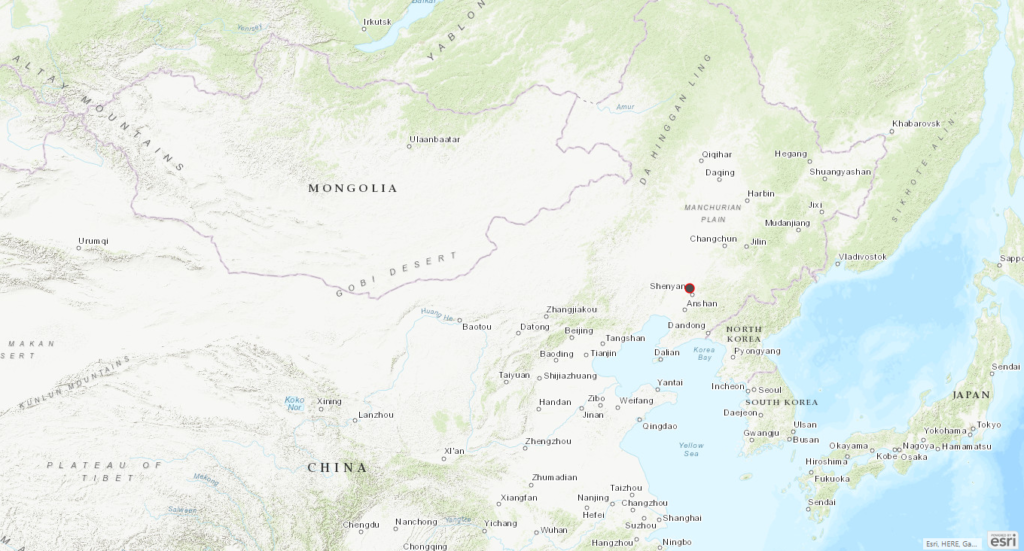
 Swine Disease Global Surveillance Report
Swine Disease Global Surveillance ReportThursday, August 3, 2018
The first case of African Swine Fever (ASF) has today been reported in China (LINK). First identified on August 1st, the outbreak was located in the northeast, in the city Shenyang, district of Shenbei New, in the province Liaoning, swine dense area 130 miles (208km) of the North Korean border. Infection on a small farm with a herd of 383 pigs, where 47 pigs died from the disease, was confirmed by China Animal Health and Epidemiolology Center on Friday August 3rd, 11am, local time.
The Chinese Center For Disease Control And Prevention officially reports a level 2 outbreak , and it has been contained with the slaughter of a herd of close to 1,000 pigs. The transport of pigs in and out of the area has been banned, along with the feeding of untreated food waste. In the event of a major outbreak, provincial veterinary authorities in the affected provinces shall immediately launch a working day reporting system for the prevention and control of ASF, and suspend the transfer of live pigs and related products from the affected counties and districts. Relevant provinces carry out emergency epidemiological investigation. All relevant departments shall, in accordance with their respective responsibilities, work together to prevent and control the epidemic. Major concern about its spread in the Chinese pig herd, and possibly to Japan, the Korean Peninsula and other parts of Asia.
The current ASF challenge outside Africa started in 2007 in Georgia, from there to the Russian Federation and eastern Europe, including EU countries in the Baltic States, Ukraine, Poland, Czech Republic. Latvia and Romania are facing now several ASF outbreaks, and its rapid spread in wild boars and commercial herds. Thousands of miles from any known case of ASF, the introduction into China is a major concern. The way that this disease was introduced is unknown, but it is indicative that this disease can travel long distances, not only in infected pigs but also by contaminated food, feed, with international travelers, and other articles.
The People’s Republic of China has more than half of the world’s pig population, with thousands of backyard and large-scale farms operating in the northern, central and southern regions, and currently produces about half of the world’s pork and is the top consumer of the meat. If this virus is already in other herds, the challenge to contain the disease in this region will be daunting. By the time of document, this single outbreak was officially reported, and no other outbreaks have been published.
Further surveillance, rapid response and restriction of sales and animal movement are the main tools as there is no vaccine available. This outbreak illustrates again that protection against this foreign animal diseases (FAD’s) not only involves vigilance at our borders, but on each of our farms. Restrictions of the introduction of imported foodstuffs, especially meats, and recent travelers, especially from countries battling FAD’s, should be examined.

ASF outbreak reported in a small pig farm in district of Shenbei New, in the province of Liaoning, Northeast China. This city is 130 miles (208 km) from North Korea border, and is located at 800 miles (1,300 km) from Japan (in straight line across the water). Also, it’s 652 miles (1,050 km) from Russian border and 1242 miles (2000 km) from Mongolian border. Caution to the spread of the virus via international travelers and meat by-products.

Copyright 2025 | Swinehealth.org | Website by Heartland Marketing Group